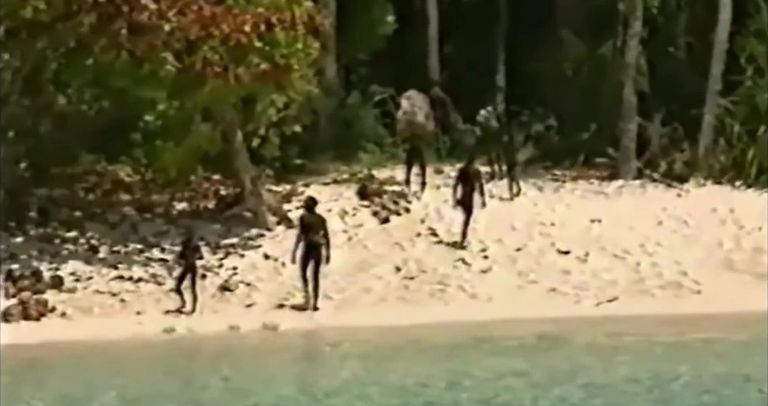This Indian Ocean Island Is Home To The Most Isolated People In The World
After the 2004 tsunami, a helicopter crew flew over North Sentinel Island, checking for signs of life. Had the tribespeople survived? They lived so far from anyone else, and their island was vulnerable to natural disasters. But when one man appeared on the beach, he defiantly jabbed his bow and arrow at the passing copter. His message was clear: these isolated people had survived. And they didn’t want help from anyone.
Want to be left alone
This shouldn’t have come as a surprise to the authorities, as the Sentinelese people have long made clear their desire to be left alone. Even the tsunami didn’t convince the tribespeople that they needed assistance. But what do we know about these reclusive men and women living on a small stretch of land in the Indian Ocean?
Untouched by wider civilization
Well, there are only a few things we can tell you for sure. The Sentinelese remain among the very last people to be almost completely uncontacted and untouched by wider civilization. That means parts of their way of life have stayed a mystery for tens of thousands of years. The Western world does not even know how big the tribe actually is. But there’s a good reason why you can’t just rock up onto the island and make friends with the Sentinelese.
Scaring off invaders
For one, the people on the island aren’t shy of scaring off potential invaders. Apparently, they’ve been doing that since at least the 1200s. The tribespeople are even said to have had an encounter with one particularly famous explorer. And from his impression of the Sentinelese, you certainly wouldn’t want to mess with them.
Marco Polo’s harsh words
On passing North Sentinel Island sometime in the late 1200s, Marco Polo described the natives as a “very cruel” people who would “eat every foreigner whom they can lay their hands upon.” That sounds harsh — and it may be a little inaccurate — but it laid the ground for the Sentinelese’s fearsome reputation.
